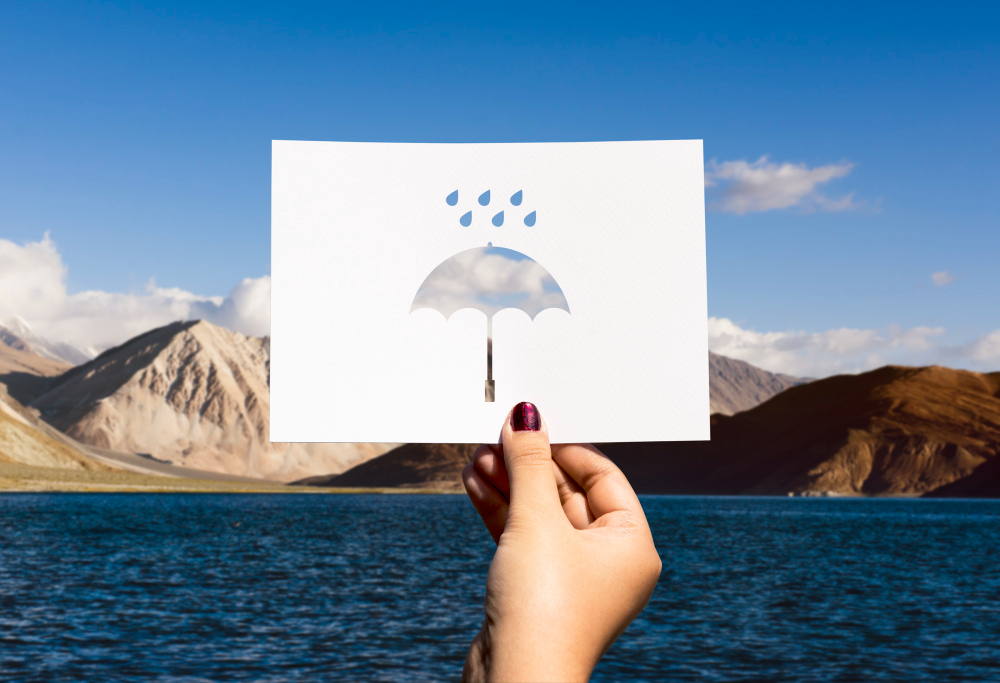Weathering is a natural process that breaks down rocks and minerals over time, shaping the Earth’s surface and influencing landscapes. While weathering is an inevitable force of nature, certain conditions can slow down the rate at which it occurs. Understanding these factors is key to unraveling the mysteries of weathering and its impact on the environment. Let’s explore which conditions lead to a slower rate of weathering.
Composition of Rocks and Minerals
One of the primary factors influencing the rate of weathering is the composition of the rocks and minerals involved. Some rocks and minerals are more resistant to weathering than others due to their chemical composition and physical properties. For example, igneous rocks such as granite and basalt are generally more resistant to weathering than sedimentary rocks like limestone or sandstone. Likewise, minerals such as quartz and feldspar are relatively resistant to chemical weathering compared to minerals like calcite or gypsum.
Climate and Weather Patterns
Climate and weather patterns play a significant role in determining the rate of weathering in a particular region. In areas with extreme temperatures, such as deserts or polar regions, the rate of weathering may be slower due to the limited presence of water, which is essential for many weathering processes. Similarly, regions with low precipitation levels may experience slower rates of weathering, as water is a key agent of both mechanical and chemical weathering processes.
Vegetation Cover and Soil Development
The presence of vegetation cover and the development of soil can also influence the rate of weathering. Vegetation helps to stabilize soil and prevent erosion, which can slow down the physical weathering of rocks and minerals. Additionally, the decay of organic matter in soil contributes to the release of acids and other chemicals that promote chemical weathering processes. As a result, regions with dense vegetation cover and well-developed soil may experience slower rates of weathering compared to barren or rocky landscapes.
Topography and Erosional Processes
Topography, or the physical features of the landscape, can affect the rate of weathering by influencing erosion processes. In areas with steep slopes or rugged terrain, erosion rates may be higher, leading to more rapid weathering of exposed rock surfaces. Conversely, in areas with gentle slopes or flat terrain, erosion rates may be lower, resulting in slower rates of weathering. Additionally, the presence of natural barriers such as mountains or valleys can shield rocks from the effects of weathering, further slowing down the process.
Human Activities and Anthropogenic Influences
Human activities can also impact the rate of weathering, either accelerating or slowing down the process depending on the nature of the activity. For example, deforestation and land clearing can remove vegetation cover and disrupt soil stability, leading to increased rates of weathering and erosion. On the other hand, construction of infrastructure such as dams or levees can alter natural drainage patterns and sediment transport, potentially reducing the rate of weathering in affected areas.
Geological Factors and Tectonic Activity
Geological factors such as tectonic activity and geological history can influence the rate of weathering in a region. Areas with active tectonic processes such as volcanic activity or mountain building may experience higher rates of weathering due to increased exposure of rocks to weathering agents. Conversely, regions with stable geological conditions and older, more weathered landscapes may exhibit slower rates of weathering over time.
Nature’s Timeless Dance
In conclusion, the rate of weathering is influenced by a variety of factors, including the composition of rocks and minerals, climate and weather patterns, vegetation cover and soil development, topography and erosional processes, human activities, and geological factors. Understanding these factors and their interactions is essential for predicting and interpreting the effects of weathering on landscapes and ecosystems. While weathering is a natural and ongoing process, certain conditions can slow down its pace, shaping the Earth’s surface at a slower, more deliberate rhythm.
